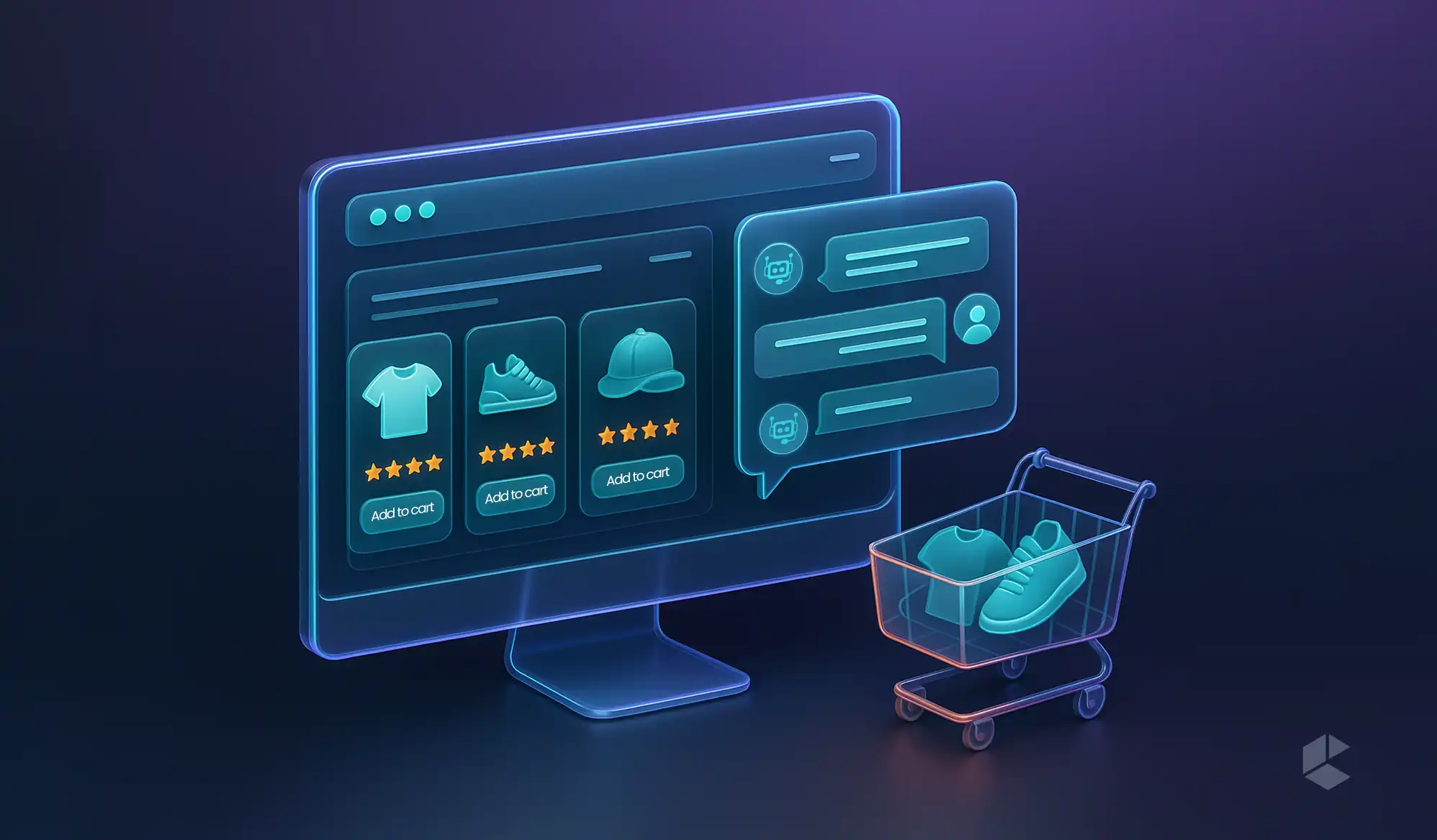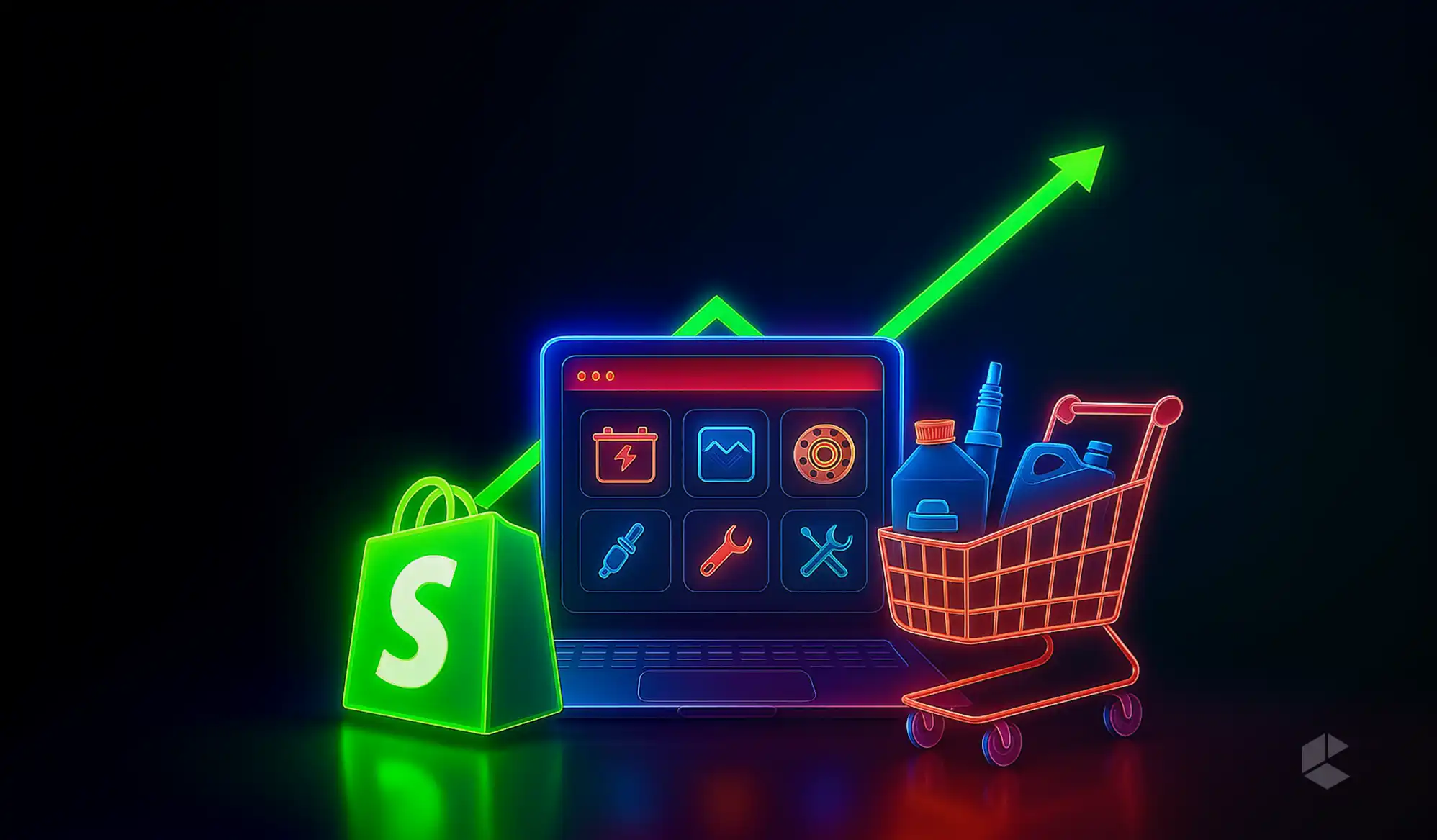- Akinon Seller Center helps you manage multiple sellers and products from one place, so you don’t have to deal with the hassle of doing everything manually.
- With API integration, you can automate repetitive tasks like adding products, updating stock, tracking orders, and handling returns.
- It works in real time with Akinon’s core systems like Omnitron and ACC, so your data stays in sync across platforms without extra effort.
- The API is especially useful for large sellers handling thousands of products and orders, but even smaller businesses can benefit from the efficiency and accuracy it offers.
- Technical features like UTF-8 encoding, ISO-compliant date formats, pagination, and localization support make it easy to build reliable and scalable integrations.
Having multiple clients and multiple products is great, but having to manage them all manually is like running an online store with offline tools. That’s where you will need a system like Akinon Seller Center. It simplifies product listings, inventory updates, and order management and makes sure that everything stays in sync across sellers and platforms.
In this blog, we’ll explore what Akinon Seller Center is and its API integration.
Understanding the Akinon Seller Center

- Seller Center is Akinon’s dedicated interface that is built to manage third-party sellers or marketplace partners within a commerce ecosystem.
- It allows merchants to onboard, manage, and monitor sellers who list and sell their products on their main platform.
- Its native integration with Omnitron and ACC ensures the real-time synchronization of key business data.
- It can easily add and manage products, including everything like titles, descriptions, images, stock levels, pricings, etc.
- MPOs can approve or reject the additions before publishing them through the marketplace.
- The order lifecycle is fully visible. That is, everything from placement to shipment can be tracked.
- MPOs and sellers can manage everything from cancellation, shipment details, shipment vendors, to returns directly from the interface.
- They can even get a complete understanding of product performance, order trends, and campaign effectiveness from the seller center itself via dashboards and downloadable reports.
Akinon Seller Center API
The Akinon Seller Center API allows sellers to automate and simplify interactions with the platform. It is specifically designed to help sellers integrate their own systems, such as ERP, warehouse management, or product information systems, directly with Akinon.
Seller center API is particularly beneficial for large sellers who manage high volumes of products and orders. With the API, they can easily handle tasks like product creation, inventory sync, order updates, and returns without needing to log in to the Seller Center manually.
Key Technical Guidelines for API Integration
Before getting into development, it’s important to understand the foundational rules and limitations that come with integrating the Akinon Seller Center API. These guidelines ensure an easy and reliable connection between your system and the platform, both now and in the future.
1. Backward Compatibility
Akinon frequently updates the API to introduce new features, improve security, and fix bugs and each new deployed version is always backward compatible. That is, existing integrations will continue to function without requiring immediate changes.
However, to make sure your system remains stable with future updates, your integration should follow these best practices:
- Handle new fields in API responses: Occasionally, new fields are added to improve functionality. Your integration should be flexible enough to process or safely ignore them.
- Do not depend on the order of fields: The order of fields in API responses can change. Relying on strict field order may lead to unexpected issues.
- Support new enum values: Enumeration fields may expand to include new values. Use deserializers that accept unknown enum values or treat them as strings to avoid errors.
2. Secure Communication (HTTPS Only)
All communication with the Seller Center API must use the HTTPS protocol. This is done to encrypt data transmission and thereby protect both seller and customer information from unauthorized access.
3. Data Encoding
All text data transmitted through the API should be encoded in UTF-8. This standard encoding format supports multiple languages and special characters and therefore ensures accurate data display across regions.
4. Date and Time Formats
The API uses date and time formats that comply with ISO8601 standards. These include:
- Full date-time with timezone: YYYY-MM-DDThh:mm:ss±hh:mm (e.g., 2025-07-27T14:30:00±03:00)
- UTC with Z notation: 2025-07-27T11:00:00Z
- Date-time without timezone: YYYY-MM-DDThh:mm:ss (e.g., 2025-07-27T14:30:00)
- Time only: hh:mm[:ss]±hh:mm
Make sure your system can correctly parse these variations, especially when working with timestamps for orders, shipments, or returns.
5. Localization Support
If your marketplace supports multiple languages, you can retrieve localized content by setting the Accept-Language header in your request.
- Format: <ISO-639>-<ISO-3166> (e.g., en-us).
- If this header is not provided, the API defaults to the platform’s primary language.
- You can retrieve a list of supported languages using the LNG001 endpoint.
6. Pagination
To easily handle large datasets, the API supports pagination based on page. Use the following parameters:
- page – To specify the page you want to view
- limit – To control how many items are displayed on each page
7. Bulk Operation Limits
The Seller Center API allows for bulk operations (e.g., uploading multiple products or stock updates), but limits apply:
- Maximum items per request: 1000
- For more than 1000 items, split them into multiple requests
This ensures system stability and prevents overloading.
8. Rate Limiting
To maintain performance and fair usage, Akinon enforces rate limits on specific API resources. If you exceed these limits, you’ll receive a 429 Too Many Requests error.
Resource | Requests per Minute
———————-|———————
i1/languages | ███████████████████████████ (Unlimited)
i2/categories | ███████████████████ (30)
i2/packages | █████████████ (20)
i2/claims | █████████████ (20)
i2/products | █████████ (10)
Be sure to implement retry logic and respect these limits to avoid throttling.
Conclusion
The Akinon Seller Center API is an efficient tool that enables sellers to integrate their systems and manage marketplace operations with ease. The API simplifies everything from product listings to inventory synchronization and order tracking, making operations more efficient and scalable. In short, it’s an ideal solution for sellers looking to reduce manual effort, improve accuracy, and maintain real-time visibility across their operations.
FAQs
The Akinon Seller Center API is used to automate and simplify tasks like product listings, inventory synchronization, order tracking, and returns management by integrating your existing systems with the Akinon platform.
While the API is especially useful for large sellers handling high volumes, it can benefit businesses of any size by reducing manual work and ensuring real-time synchronization across platforms.
All API communication is encrypted using HTTPS, which protects sensitive data like customer and order information from unauthorized access.
If you exceed the allowed number of requests for a particular resource, you’ll receive a 429 “Too Many Requests” error.
Yes, the API supports localization. You can retrieve content in different languages by setting the Accept-Language header in your request using the appropriate locale code. If not specified, it defaults to the platform’s primary language.









